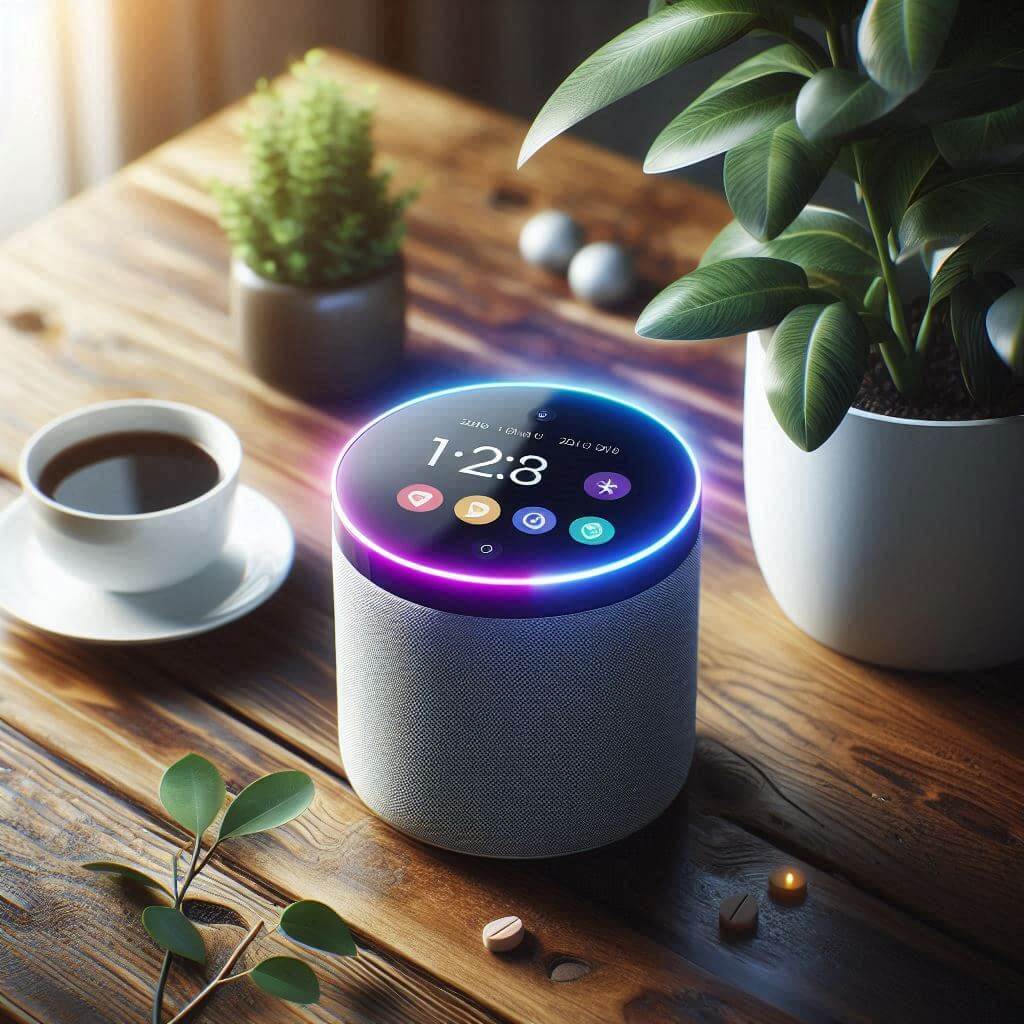Liquid crystal paper is an advanced material that combines the flexibility of paper with the optical properties of liquid crystals. It is created by embedding layers of liquid crystals into a thin paper substrate. These liquid crystals are compounds that have properties different from those of ordinary liquids and solid crystals, and they can change their orientation in response to external stimuli such as electric fields or changes in temperature.
When an electric field is applied, the liquid crystals in the paper reorient, causing a change in the way light travels through the material. This phenomenon allows images or text to be displayed on paper without the need for a constant power source because the liquid crystals can hold their position until another stimulus causes them to change. This gives liquid crystal paper a clear advantage in energy efficiency, as it only needs power when the display is changing. Due to its ability to maintain images without constant power, it is seen as a sustainable alternative to conventional electronic displays.
The absence of the need for backlighting of liquid crystal paper not only reduces energy consumption but also leads to thinner and lighter designs compared to traditional display technologies. This makes it particularly attractive for applications where space and weight are important, such as in smart home devices or portable electronics.
Liquid crystal paper is also known for its flexibility and stiffness balance, which allows it to bend without breaking, unlike glass-based displays. This flexibility opens up a wide range of potential applications, from moving screens to adaptive surfaces that change according to environmental conditions.
From a manufacturing perspective, liquid crystal paper production involves encapsulating liquid crystal compounds in a polymer matrix, which is then bonded to the paper. The process is designed to be cost-effective, although research is ongoing to increase the durability of the material and improve color reproduction capabilities for wider applications in smart devices.
Integration Into Smart Home Devices
The integration of liquid crystal paper into smart home devices is a significant advance in making the home environment more efficient and interactive. Liquid crystal paper can be used in a variety of ways to enhance the functionality and user experience of smart home technology.

One of the promising applications is the development of smart windows and blinds. By using liquid crystal paper in window panes or as part of blinds, these surfaces can dynamically adjust their transparency. This feature allows homeowners to control the amount of natural light entering their spaces without relying on mechanical systems. With an electrical signal, liquid crystals can switch from opaque to transparent or vice versa, providing privacy and energy efficiency by reducing the need for artificial lighting or heating and cooling.
Liquid crystal paper can be used as information displays on smart home appliances and devices. This technology allows thin, flexible displays to be placed on surfaces that conventional screens cannot, such as refrigerator doors or kitchen countertops. These displays can display real-time information such as energy consumption, appliance status, and environmental conditions, allowing users to easily monitor and control their home systems.
Another potential application is in the field of home monitoring and security. Liquid crystal paper can be installed in strategic locations to provide visual alerts and status updates. For example, displaying a red warning if a door or window is left open can offer an added level of safety and convenience. The temperature-sensitive properties of liquid crystal paper make it suitable for integration into thermostats or climate control devices. These devices can provide instant visual feedback on temperature by changing color, allowing users to quickly adjust their home environment.
Advantages and Challenges
Integrating liquid crystal paper into smart home devices offers several distinct advantages. First of all, its low power consumption is the main advantage. Because liquid crystal paper only requires electricity when the display is changing, it significantly reduces energy consumption compared to traditional electronic screens that require constant power. This property makes it an environmentally friendly option, which is becoming increasingly important as smart home devices proliferate and energy efficiency becomes a priority for consumers and manufacturers.
The inherent flexibility and lightness of liquid crystal paper provide design advantages. These characteristics allow manufacturers to create thin, flexible displays that can be integrated into surfaces unsuitable for conventional screens, such as curved surfaces or places with limited space. This flexibility can lead to more innovative and aesthetically pleasing product designs, expanding the possibilities for smart home interface solutions.
Some challenges must be overcome to realize the full potential of liquid crystal paper in these applications. An important obstacle is the durability of the material. Although liquid crystal paper is designed for flexibility and ease of use, it must be strong enough to withstand the wear and tear of a home environment. The development of methods to increase the durability of liquid crystal paper without compromising its advantages is extremely important.
Another challenge is improving the resolution and color reproduction of liquid crystal paper displays. Current iterations may not meet the high visual standards required for certain smart home applications, especially those that require high-definition displays. Continued research and development are needed to improve these aspects and make the technology competitive with existing display solutions.
Security and data privacy concerns also come into play, especially as smart home systems become more interconnected. Liquid crystal paper displays that collect data or interact with other devices must be secure to prevent unauthorized access and ensure user privacy. Implementing robust security measures is essential to protecting personal information and maintaining user trust.
